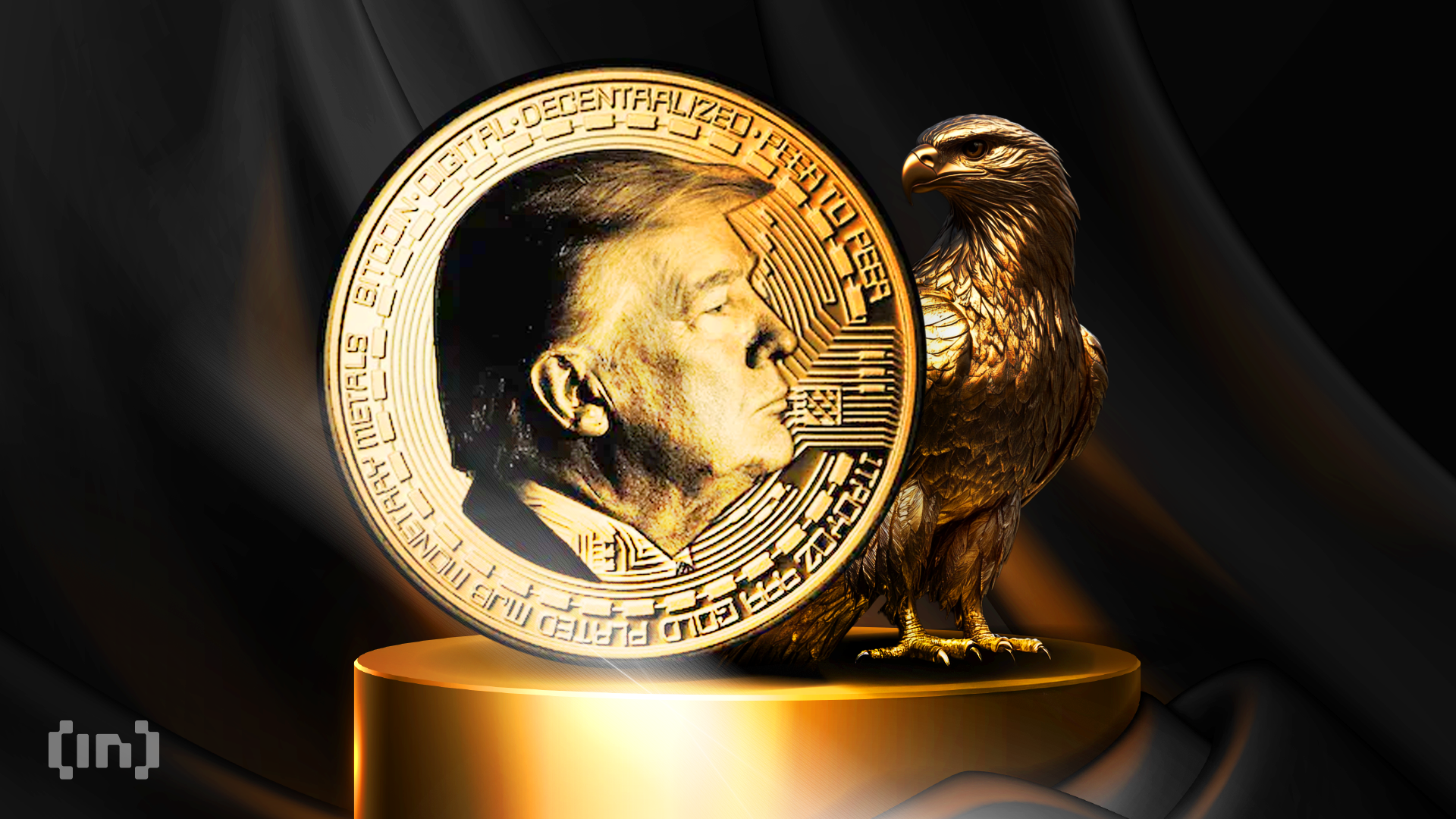Trump family’s decentralized finance (DeFi) project, World Liberty Financial, has extended its reach into the stablecoin market, investing $10 million into a synthetic dollar protocol.
The investment cements WLFI’s growing influence in the stablecoin market following the recent launch of its own fiat-backed digital asset, USD1.
Trump Family’s DeFi Firm Bets on Falcon Finance’s Project
The funding will bolster Falcon’s technical development in areas such as shared liquidity provisioning. Other areas include multi-chain compatibility and smart contract-based conversions between Falcon’s USDf and WLFI’s USD1.
Falcon Finance’s synthetic dollar, USDf, recently surpassed $1 billion in circulating supply.
USDf is designed to offer institutions and retail users a novel way to access stable digital dollars.
It operates on a dynamic, risk-adjusted overcollateralization model accepting various crypto assets as collateral.
“This investment validates our approach to creating more efficient on-chain dollar instruments for institutional users. We are excited to collaborate with WLFI to redefine digital dollar solutions,” read an excerpt in the announcement, citing Andrei Grachev, Managing Partner of Falcon Finance.
USD1, meanwhile, is fully redeemable 1:1 for the US dollar. It is backed by a reserve of US government money market funds and dollar-denominated cash equivalents.
The asset, which is now tradeable, is now also being used as collateral within Falcon’s protocol.
“This strategic partnership with Falcon Finance represents a significant step forward in our mission to build a comprehensive DeFi ecosystem,” Zak Folkman, co-founder of World Liberty Financial, said in the statement.
WLFI plans to use its distribution network to accelerate Falcon’s global adoption.
Such a move would mark notable alignment between a fiat-backed and synthetic stablecoin model. This is amid a broader race to dominate the next generation of on-chain dollars.
Falcon Finance To Build Trust in Synthetic Dollars
As competition among synthetic stablecoins heats up, Falcon Finance has crossed a major milestone, $1 billion in circulating USDf.
Based on this, BeInCrypto contacted the synthetic dollar protocol to learn how it plans to sustain growth and trust.
“Our approach has always been to prioritize and focus on transparency, overcollateralization, and real utility. Every USDf in circulation is backed by auditable collateral, with verification and transparency of reserve ratios and system parameters,” Andrei Grachev, Managing Partner at Falcon Finance, said in an exclusive statement to BeInCrypto.
With WLFI’s fiat-backed stablecoin USD1 now integrated as collateral on Falcon, the protocol is leaning into a hybrid model.
“Fiat-backed and synthetic dollars serve different roles. Fiat-backed models offer familiarity and direct redemption, while synthetic models unlock programmability, yield access, and broader collateral options,” Grachev explained.
He added that using USD1 as collateral shows that these models can be complementary.
“Our view is that the future of digital dollars will not be defined by a single design, but by how different formats interoperate—safely and at scale,” Grachev articulated.
On regulatory direction, especially in light of Hong Kong’s real-name stablecoin proposal, Grachev emphasized Falcon’s proactive stance.
“We are actively engaging with licensing pathways in the United States, Europe, and Asia, including jurisdictions like Hong Kong. That includes real-name frameworks, disclosure rules, and asset segregation requirements,” he said.
Ultimately, Grachev said Falcon Finance believes that regulatory engagement will be essential not just for compliance but also for building infrastructure that institutions and regulators can trust.
The post World Liberty Financial Invests $10 Million in a Synthetic Dollar Project appeared first on BeInCrypto.



